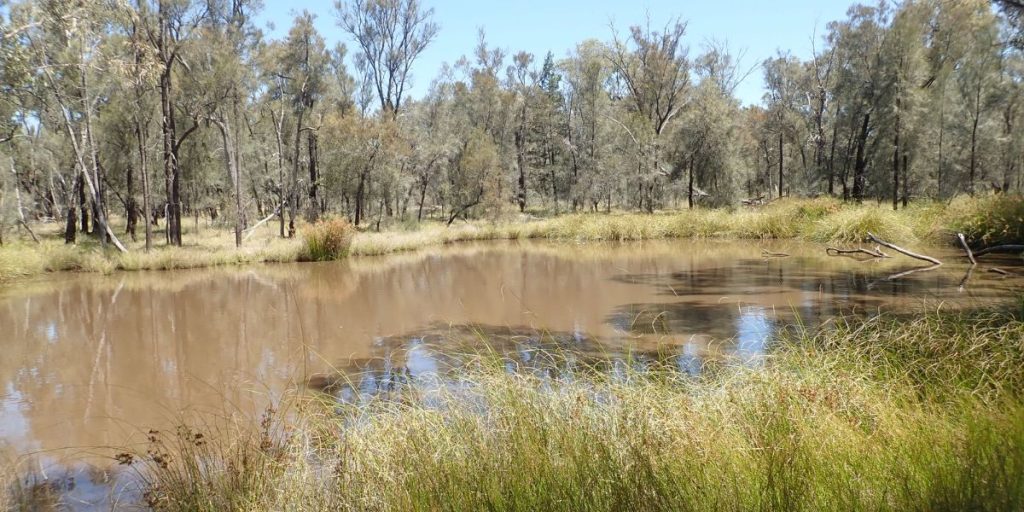How restored swamps could blunt mechanized assaults on europe
Others are reading now
How restored swamps could blunt mechanized assaults on Europe.
Nato’s eastern flank: A surprising defense idea
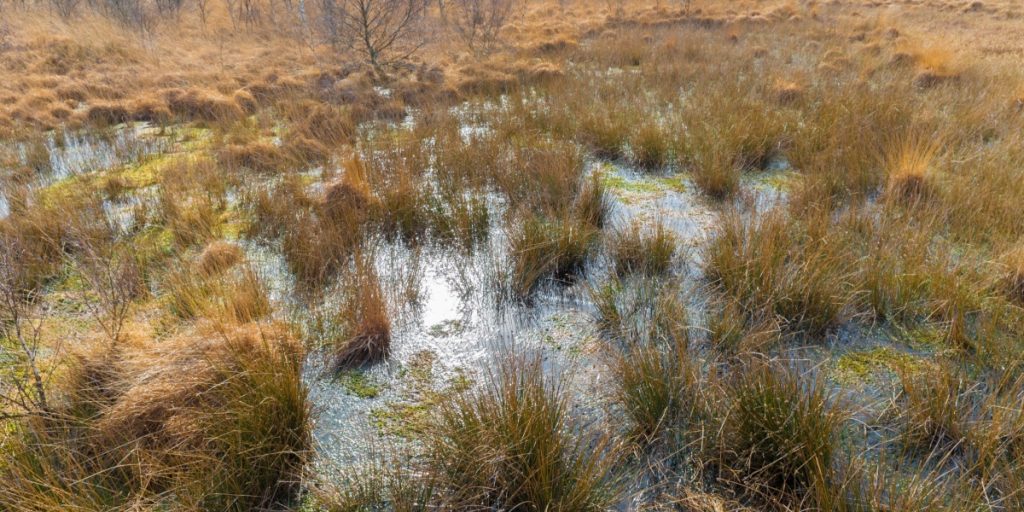
Russia’s actions near and beyond Ukraine have pushed NATO’s eastern members to think creatively.
One proposal gaining attention is restoring peatlands and marshes along the border to create natural barriers against mechanized assault.
The idea merges old military logic with modern environmental goals.
Water in warfare: History and precedent

According to The Week, water has been used as a defensive tool for centuries — from Germanic tribes using peat bogs to the Dutch practice of strategic flooding.
Also read
The Financial Times cited Carl von Clausewitz’s view of marshes as among the “strongest lines of defense.” Restoring wetlands taps into that legacy.
The ukrainian example: Irpin and the power of flooding
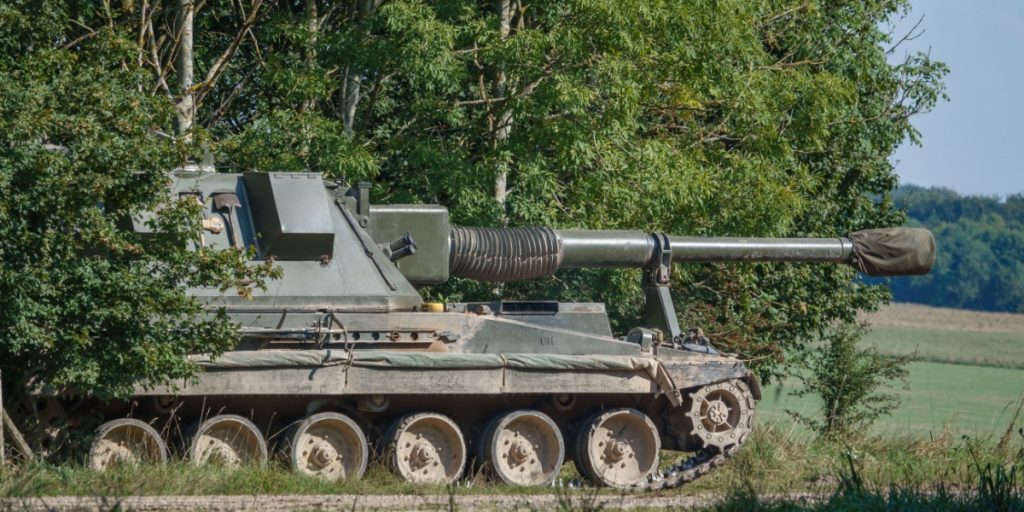
According to Ziare.com, in 2022, Ukrainian authorities blew up a Soviet-era dam north of Kyiv to flood the Irpin Valley.
The move created a reclaimed wetland that bogged down Russian armour. As The Telegraph put it, the gambit turned the area into “an all-powerful, impassable swamp.”
Where europe’s peatlands lie

Most of the EU’s remaining peatlands sit along NATO’s eastern border: spanning the Finnish Arctic, Estonia, Latvia, Lithuania, the Suwałki Corridor, and into eastern Poland.
That geography makes restoration both strategically and ecologically relevant.
Also read
Early steps: pilots and military plans
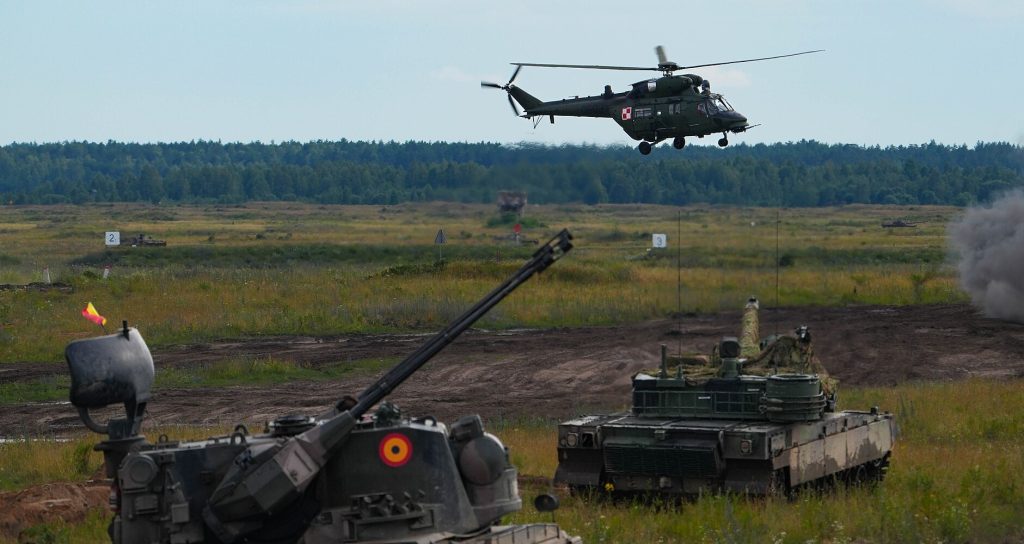
Finland has launched a pilot peatland restoration project near its border with Russia. Poland has included peatland and forest restoration in its £1.9 billion Eastern Shield fortification plan, according to Ziare.com.
These initiatives signal that defence planners are taking the idea seriously.
Defense meets climate policy

Peatlands store vast amounts of carbon; when drained they release CO₂.
Europe has already lost over half its peatlands, and the EU aims to revive 30% of degraded peatlands by 2030. Restoring marshes marries climate action with low-cost defensive value.
Politics, funding and shared interests

The marshes’ military value could accelerate revival efforts and attract unprecedented financial resources.
Also read
That creates rare common ground between environmentalists and defence officials.
Practical benefits and caveats
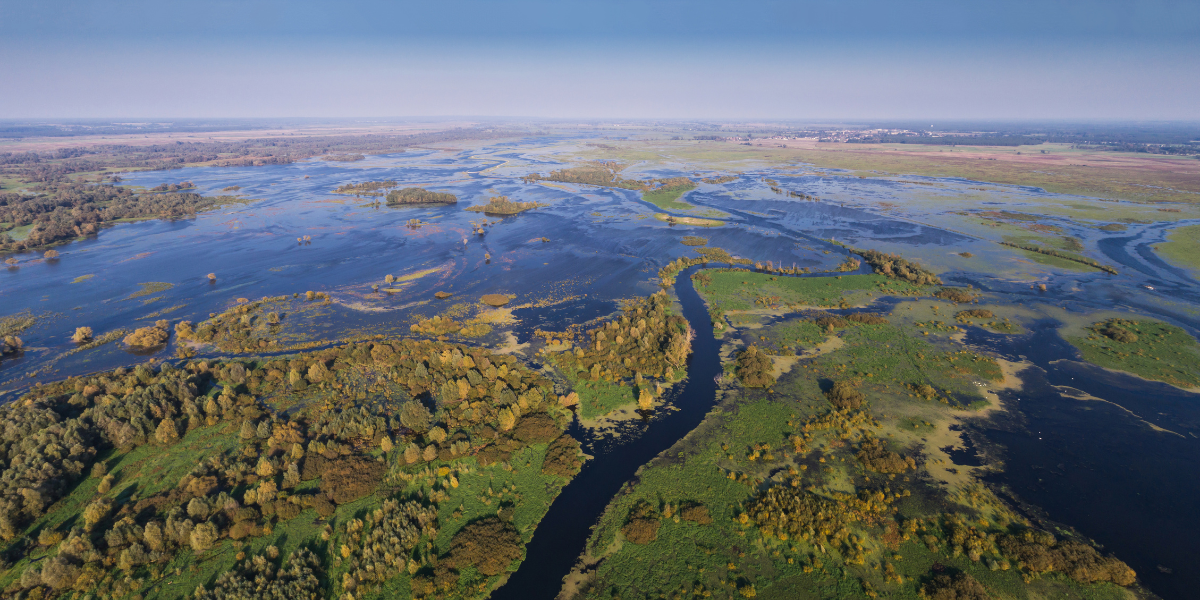
Restoring wetlands is relatively cheap and can slow or channel mechanized advances, but it is not a standalone solution.
It must be combined with sensors, troop deployments and diplomacy. Still, the proposal offers a low-tech, climate-friendly layer of defence along a tense frontier.

